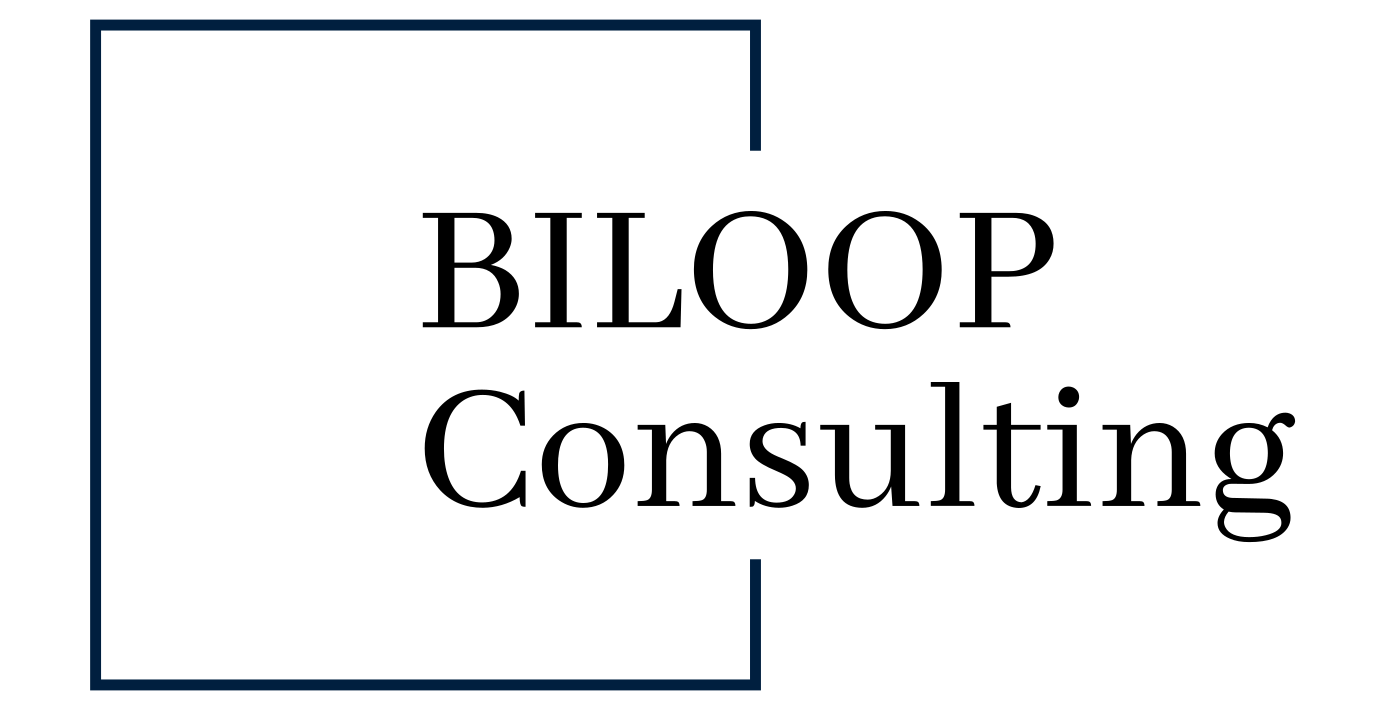Alignment is successfully applied in practice to make companies more efficient, flexible, and high-performing. Here are specific use cases from various industries, illustrating how alignment can be the key differentiator between stagnation and success.

1. Transformation and Restructuring in the Media Industry
A mid-sized publishing house faced the challenge of adapting its business models to the digital transformation. Sales of print products were declining, while digital offerings contributed little to the company’s success.
Approach:
- Strategic Alignment: A GAP analysis identified the company’s strategic priorities. The strategy was aligned with a digital roadmap focusing on three growth areas: subscriptions, classifieds, and special interest.
- Process Optimization: Inefficient workflows were optimized using agile methods like Scrum.
- Human Integration: Training and workshops familiarized employees with the new direction, alleviating fears of change.
Outcome:
The publishing house achieved an annual 22% growth in digital revenues over the following years, while streamlined processes improved operational efficiency and reduced costs.
2. Market Realignment in the Consumer Goods Industry
A household appliance manufacturer faced increased competition and price pressure. Capturing new market share required a sharper focus on customer needs.
Approach:
- Customer Network Strategy: Customer needs were segmented through surveys and data analyses, enabling targeted outreach via digital platforms.
- Value Proposition Roadmap: The product portfolio was adjusted to meet the specific requirements of the identified customer clusters.
- Technological Integration: A new CRM system facilitated personalized marketing campaigns for different target segments.
Outcome:
Revenue in the target segments increased by 13%, and customer satisfaction improved significantly, leading to notable cross-selling successes.
3. Digitalization Projects in Healthcare
A hospital network aimed to enhance patient care through digital technologies while reducing costs.
Approach:
- Enterprise Architecture Frameworks: The central IT infrastructure was modernized to automate processes like appointment management and documentation.
- Data Analytics: Patient record data was analyzed to improve therapy outcomes.
- Change Management: Staff were actively involved in the digitalization process to minimize resistance. Administrative workflows were streamlined.
Outcome:
Administrative tasks for nursing staff were reduced by 17%, freeing up more time for patient care. Therapy outcomes improved, and bed occupancy times decreased by 7%.
4. Conflict Management in the Technology Sector
A fast-growing software start-up struggled with siloed thinking and internal conflicts between departments.
Approach:
- Social Mapping: The interests and communication paths of all stakeholders were analyzed.
- Coaching: Leadership training helped managers moderate conflicts and lead teams more effectively.
- Alignment Workshops: Goals and strategies were collaboratively documented, with cross-departmental action plans developed.
Outcome:
Interdepartmental collaboration improved significantly, leading to faster product development and a 13% increase in sales.
5. Innovation Projects in the Service Sector
An association sought to develop new services to enhance member retention and acquisition.
Approach:
- Design Thinking: Employees from various departments collaborated to develop innovative solutions.
- Lean Startup: New services were iteratively tested and refined.
- Open Innovation: External partners contributed fresh perspectives.
Outcome:
Within six months, the association launched two successful new services that accounted for 10% of total revenue in their first year.
Conclusion
These practical examples demonstrate that alignment goes far beyond strategic planning. It is a comprehensive approach that helps companies adapt flexibly to modern market challenges and achieve sustainable success. The key lies in bringing a declared strategy to life at the operational level.

